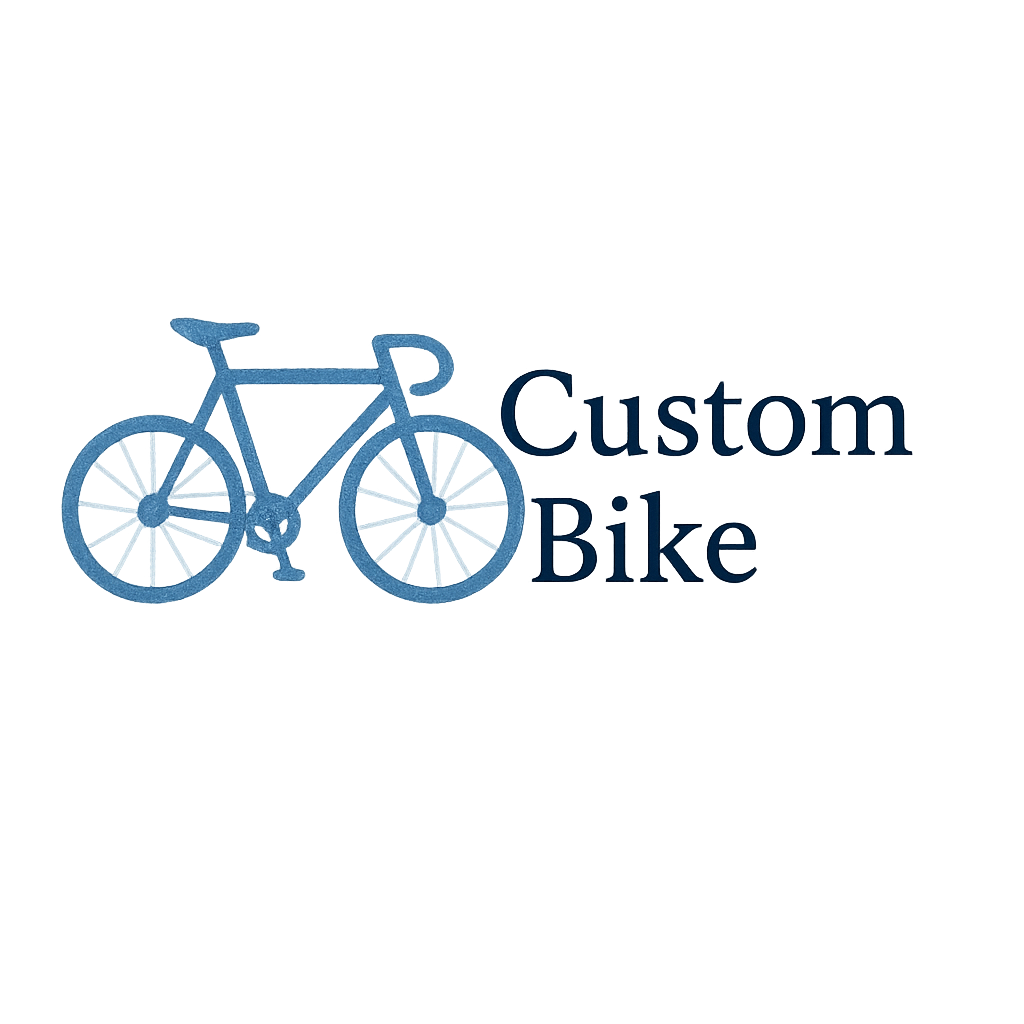Introduction to Urban Commuter Bikes
When you live in a bustling city, getting around quickly and comfortably is a game-changer. That’s where urban commuter bikes come in. They’re designed for city streets, daily rides, and navigating traffic without stress. But here’s the tricky part: with so many models and features out there, how do you know which one is right for you?
Why Choosing the Right Bike Matters
Your commuter bike isn’t just transportation—it’s an investment in your daily comfort, time savings, and even health. Pick the wrong one, and you’ll dread every ride. Pick the right one, and commuting becomes a smooth, enjoyable experience. That’s why comparing factors before buying is essential.
Factor 1: Frame Material and Durability
The backbone of any bike is its frame. It influences not just durability but also how your bike feels on the road.
Aluminum vs. Steel Frames
Aluminum frames are lightweight and affordable, making them perfect for fast commutes. Steel frames, on the other hand, absorb road vibrations better, which adds comfort—especially on bumpy city streets.
Carbon Fiber and Modern Alloys
For those willing to spend more, carbon fiber offers the ultimate blend of strength and lightness. Modern alloy blends also give you durability without extra bulk.
Weight vs. Strength Trade-Off
Think of it like packing luggage: lighter is easier to carry, but you don’t want to sacrifice strength. The right frame material depends on whether you value speed or rugged endurance.
Factor 2: Comfort and Riding Position
If you’re going to spend hours every week on your bike, comfort is non-negotiable.
Upright vs. Aggressive Posture
Upright bikes are great for casual commuting—you sit tall, see traffic clearly, and feel relaxed. Aggressive postures (like on road bikes) give you more speed but can strain your back over long rides.
Saddle and Handlebar Adjustments
A comfortable saddle and adjustable handlebars can transform your daily commute. Don’t underestimate the difference a good fit makes—it’s like wearing shoes that actually fit versus squeezing into a size too small.
Factor 3: Gearing and Drivetrain Options
Not all commutes are created equal. Some routes are flat and easy; others come with steep hills.
Single-Speed vs. Multi-Gear Systems
Single-speed bikes are simple, affordable, and require little maintenance. But if you’re facing hills or long distances, multi-gear systems are lifesavers.
Internal Hub Gears vs. Derailleurs
Internal hub gears are sleek and low-maintenance, perfect for city riders who don’t want greasy chains. Derailleurs give you more range and flexibility but need more care.
Low-Maintenance Options for City Riders
If you hate fixing chains, go for internal hubs. They’re a little more expensive upfront, but they save you tons of time and frustration down the road.

Factor 4: Braking Systems
Stopping power is crucial in unpredictable city traffic.
Rim Brakes vs. Disc Brakes
Rim brakes are lighter and cheaper but wear down faster in wet weather. Disc brakes (especially hydraulic ones) give you consistent stopping power, rain or shine.
Hydraulic vs. Mechanical Disc Brakes
Hydraulic brakes are smoother and require less hand strength. Mechanical brakes are easier to maintain yourself. Which one’s better? It depends on whether you want DIY-friendly maintenance or top performance.
Factor 5: Tires and Wheel Size
Your tires are where rubber meets the road—literally.
Wider Tires for Comfort
Wider tires provide more cushioning, making them ideal for rough city roads and potholes.
Narrow Tires for Speed
Narrower tires reduce rolling resistance, helping you glide faster. Perfect if your commute is mostly smooth pavement.
Puncture-Resistant Features
Nothing ruins a Monday morning like a flat tire. Many commuter bikes now come with puncture-resistant tires—worth every penny if you hate roadside repairs.
Factor 6: Accessories and Customization
Accessories can make your ride more practical and personal.
Racks, Fenders, and Lights
If you’re carrying groceries, heading to work, or riding in the rain, racks, fenders, and reliable lights are must-haves.
Custom Bike Building and Personalization
Want something truly unique? Custom bike building lets you design your ride from the frame up. From bike parts to custom paint jobs, your bike can be as individual as your fingerprint.
Styles and Trends in Urban Bikes
Commuter bikes aren’t just about function—they’re fashion statements too.
Minimalist Designs vs. Feature-Packed Models
Some people love clean, sleek frames with no extras. Others want all the bells and whistles, like smart locks and GPS trackers.
The Rise of Art Bikes and Custom Paint
The art bike movement is exploding, where bikes are rolling canvases. Adding custom design touches turns your commuter into something that stands out in the bike lane.
Maintenance and Longevity of Your Commuter Bike
Buying the bike is just the beginning—keeping it running smoothly matters just as much.
Cleaning and Regular Check-Ups
A little bike cleaning goes a long way. Dirt and grit can wear down your components faster than you think.
Essential Tuning Tips
Learning a few tuning tricks can save you money on shop visits and keep your ride feeling brand new.
For full guides, check out bike maintenance.
Performance and Smooth Ride Considerations
Everyone wants that smooth ride feeling. Frame geometry, suspension, and tire pressure all play into how your bike performs. If you value speed and agility, check out performance upgrades to take your commuter game to the next level.
Common Mistakes to Avoid When Buying
- Choosing looks over comfort
- Ignoring maintenance requirements
- Not test riding before buying
- Forgetting to budget for accessories
How to Match a Bike to Your Lifestyle
Your lifestyle dictates your perfect commuter bike. Got a short, flat commute? A single-speed may be all you need. Carrying gear daily? Get racks and fenders. Want style points? Go for custom bike care and inspiration from other riders.
Conclusion
When it comes to buying urban commuter bikes, there’s no one-size-fits-all. From frame material to accessories, every detail impacts how much you’ll actually enjoy riding it. Compare your options carefully, think about your lifestyle, and don’t be afraid to personalize your ride. With the right choice, commuting doesn’t just become easier—it becomes something you look forward to every day.
FAQs
1. What’s the best frame material for commuter bikes?
Aluminum is lightweight and affordable, while steel is durable and comfortable. Carbon fiber is the premium option if your budget allows.
2. Do I need multiple gears for city commuting?
If your commute is flat, a single-speed may be enough. If you face hills, multi-gears or internal hubs are more practical.
3. Are disc brakes worth it for commuting?
Yes, especially if you ride in wet or unpredictable conditions. They give you consistent stopping power.
4. How wide should commuter bike tires be?
For comfort, go wider (32–40mm). For speed, narrower (23–28mm) tires work best.
5. How often should I clean my commuter bike?
Aim for at least once a month, or more often if you ride in rain or dirty conditions.
6. Can I customize my commuter bike?
Absolutely! From custom paint to bike projects, customization makes your bike unique.
7. What’s the most common mistake first-time buyers make?
Focusing only on looks instead of fit, comfort, and practicality.


